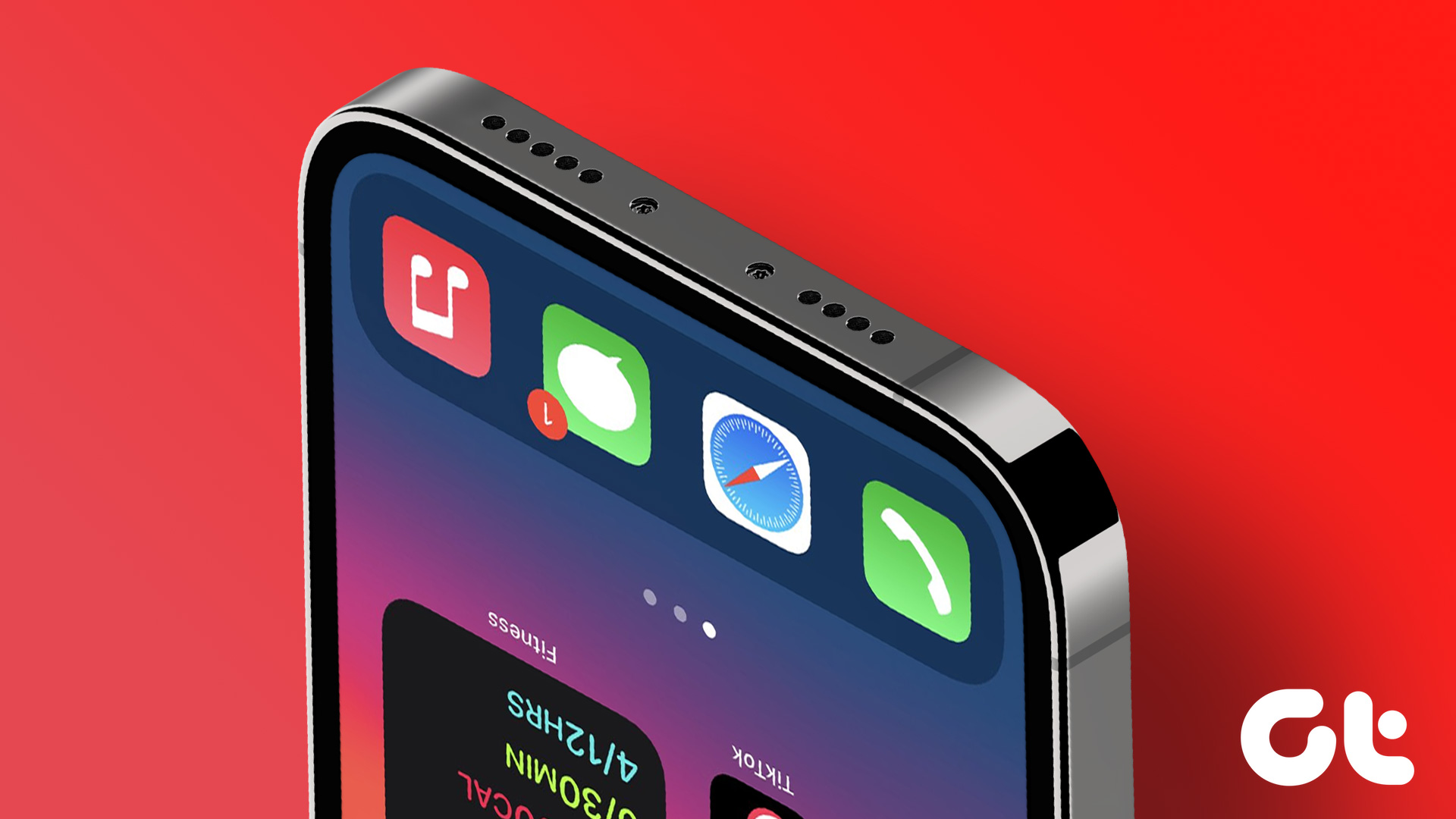Let’s take a look at the possible causes of the error.
You are using a new SIM card that has not been activated or registered.Your carrier’s network is slow or unavailable at the time.You are in a location that is not network-supported by your carrier.The SIM slots or cards have foreign materials like dirt, dust, or moisture.Incorrect positioning of the SIM card in the slot.You are using a non-functional SIM card or device.
Here are the seven best solutions to help clear the error and improve your device’s performance.
1. Restart Your Device
The first step to clearing the SIM not provisioned error is restarting your phone. By restarting your device, you allow for the execution of updated apps. Restarting also helps in jump-starting stuck applications, and this boosts the speed of sluggish installations.
2. Enable and Disable the Airplane Mode
Enabling and disabling the airplane mode can help reset your network connection. It also helps in the discovery of network towers that have a better link to your SIM card. Here’s how you can turn the airplane mode on and off. Step 1: Swipe down from the top of your screen to reveal the quick settings screen. Step 2: Locate the Airplane button and click on it to turn it on. Step 3: Wait for a few seconds and click again to disable the airplane option.
3. Switch SIM Port or Phone
A damaged phone or SIM port could also be the cause of the error. If you are working with a dual SIM device, we recommend switching the SIM cards across different ports to reveal if one of them is faulty. Alternatively, place the SIM card in a different device and observe if the error clears. If not, then it’s time to try other fixes.
4. Update Device’s System
If your phone runs outdated software, it could also lead to such an error. Although most systems perform automatic updates, it’s necessary to run a manual check once in a while. To confirm if your system has pending updates, here’s a process you can follow. Step 1: Go to Settings and scroll down to the About Phone option and click on it. Step 2: Select the System Update option to check for latest updates. If you don’t find available updates on your device, it means you are running on the latest versions. If there are updates available, run them and confirm if the error clears. Apart from clearing the SIM not provisioned error, the updates will also improve the performance of your system.
5. Position the SIM Card Correctly
If your SIM card was working fine until recently, it might likely have shifted from its original position. To ensure wrong positioning isn’t causing a problem, turn off your device and eject the SIM card. You can then put the SIM card back in, wait for a few seconds, and power on your device. Observe if the error pops up, and if it doesn’t, it means that incorrect positioning was the cause of the error.
6. Ensure the SIM Card and SIM Slot are Clean
A dirty SIM slot can cause your device not to detect a SIM card. The presence of grime, moisture, dirt, and dust can block connections between your SIM card and other device peripherals. If your device has an open SIM slot, you can use a soft and dry cloth to remove the dirt. If working with a hollow slot, consider using a can of compressed air to remove the foreign materials. Also, only use clean and dry hands to touch the SIM card and your device. Remember never to blow air from your mouth into your device since this introduces moisture that can damage your ports.
7. Contact Your Carrier Provider
Even after registering your SIM card, it may take some time before your service provider activates it. But even so, there may be other issues that could be causing the error. To rule out registration and activation issues, it’s important to contact your service provider. Your service provider will investigate the matter and advise on the best solutions to the problem.
Fix the Functionalities of Your SIM Card
One or several of these fixes should help resolve the SIM not provisioned error. If you are still experiencing the error even after trying the above fixes, you may have to check for old and worn-out parts. A non-functional device or SIM card can limit your access to carrier services. And in the case of an old Android device, consider upgrading or replacing the components, which should help resolve the error. The above article may contain affiliate links which help support Guiding Tech. However, it does not affect our editorial integrity. The content remains unbiased and authentic.

















